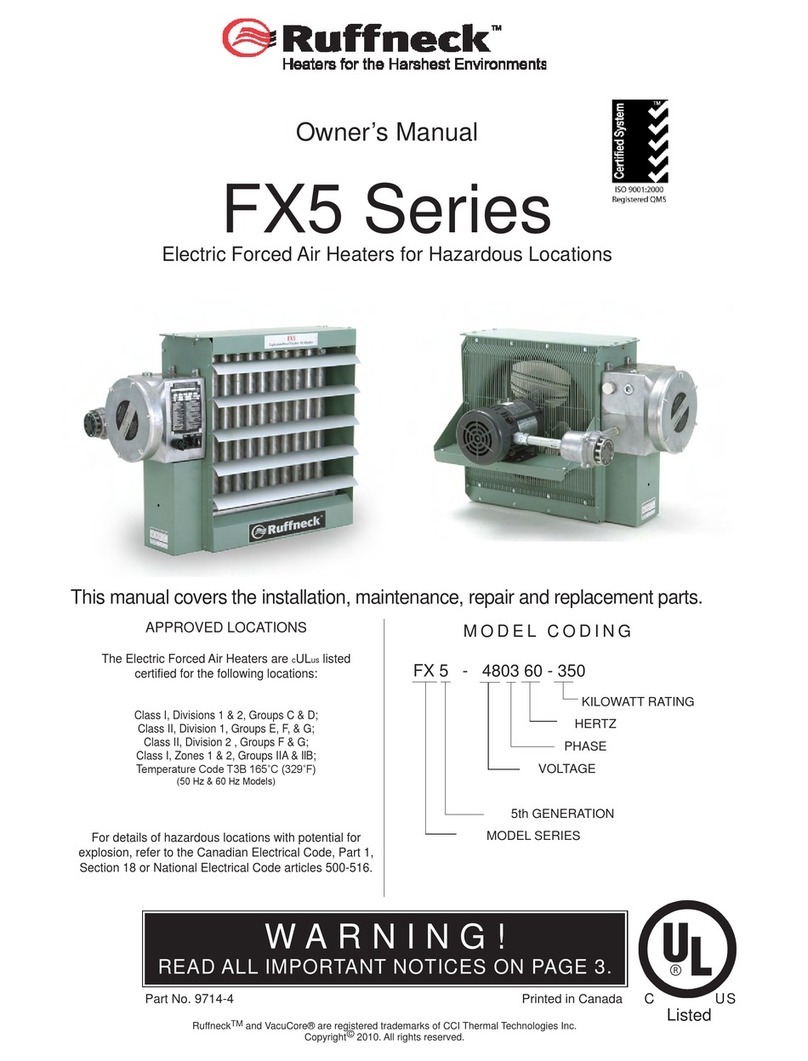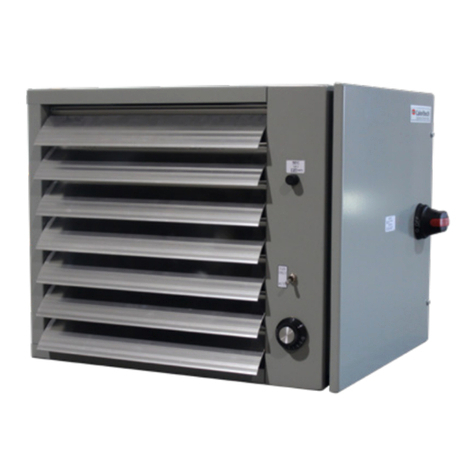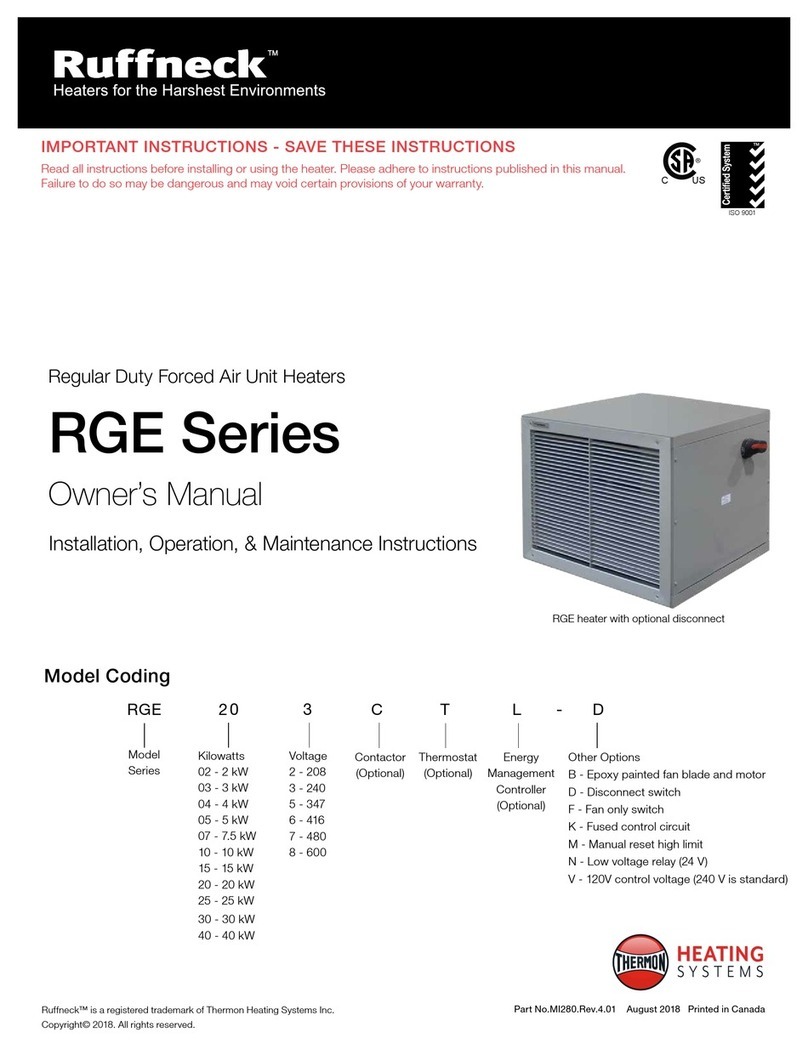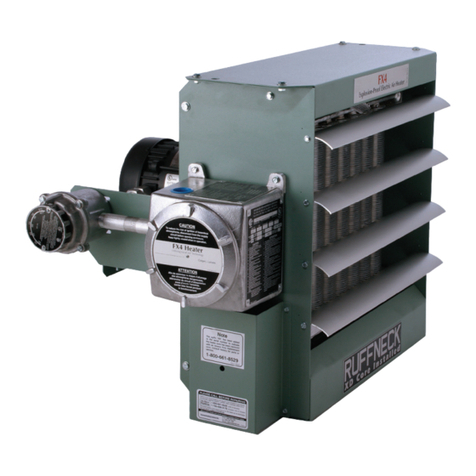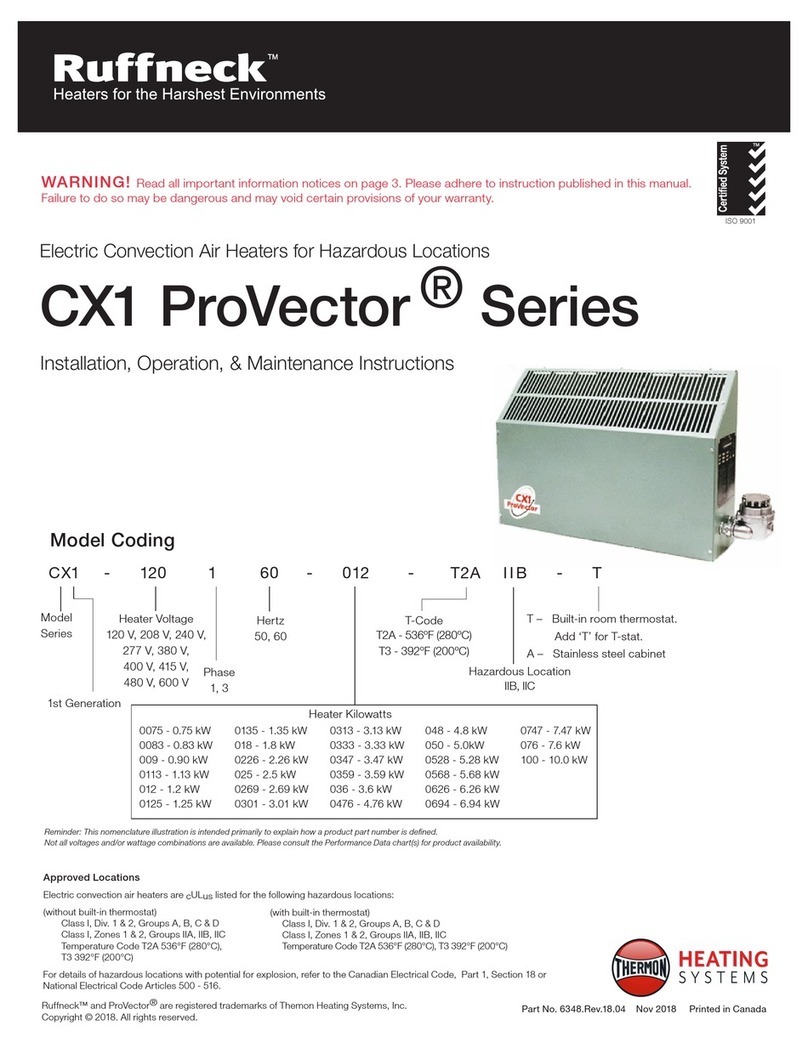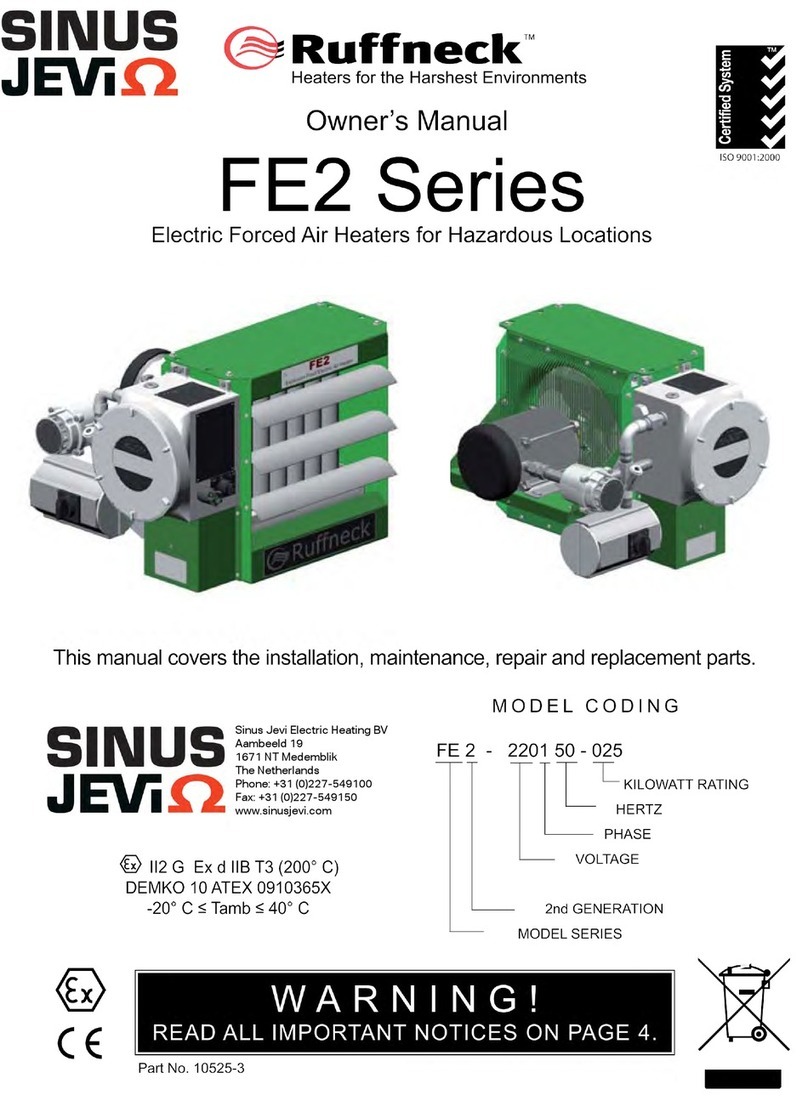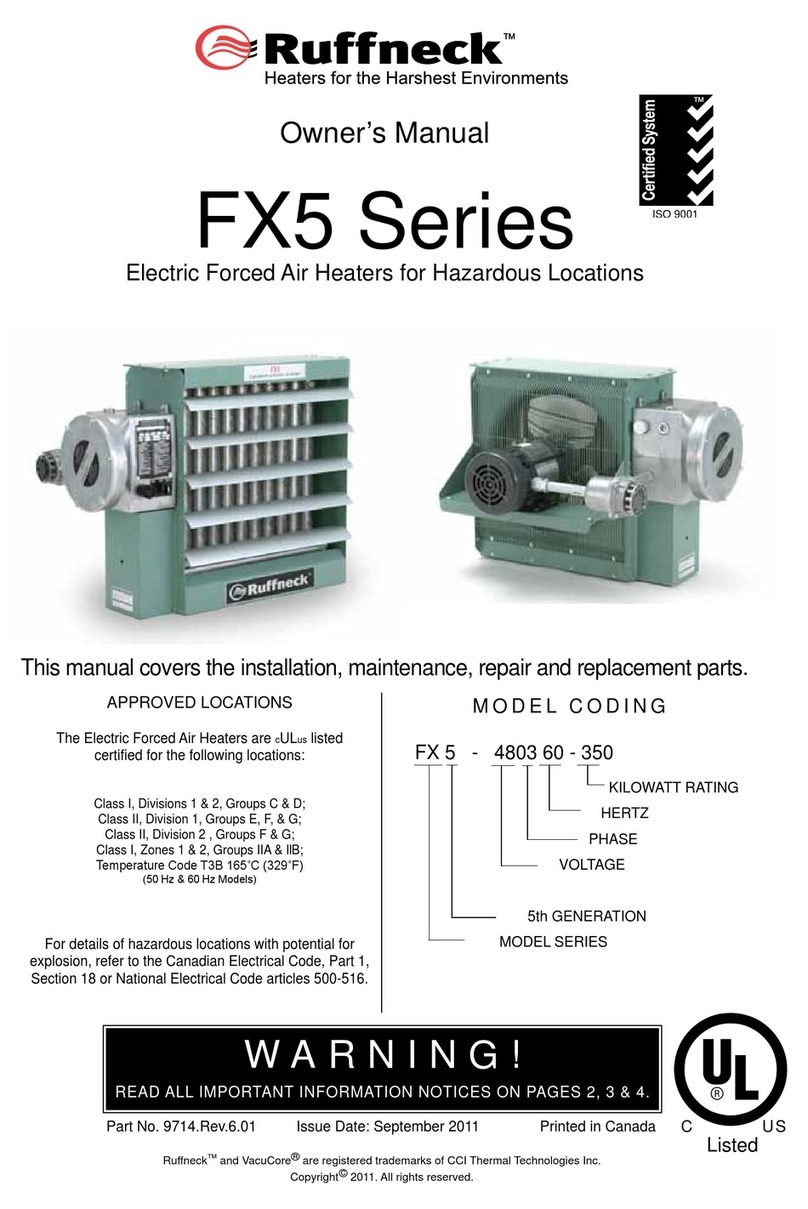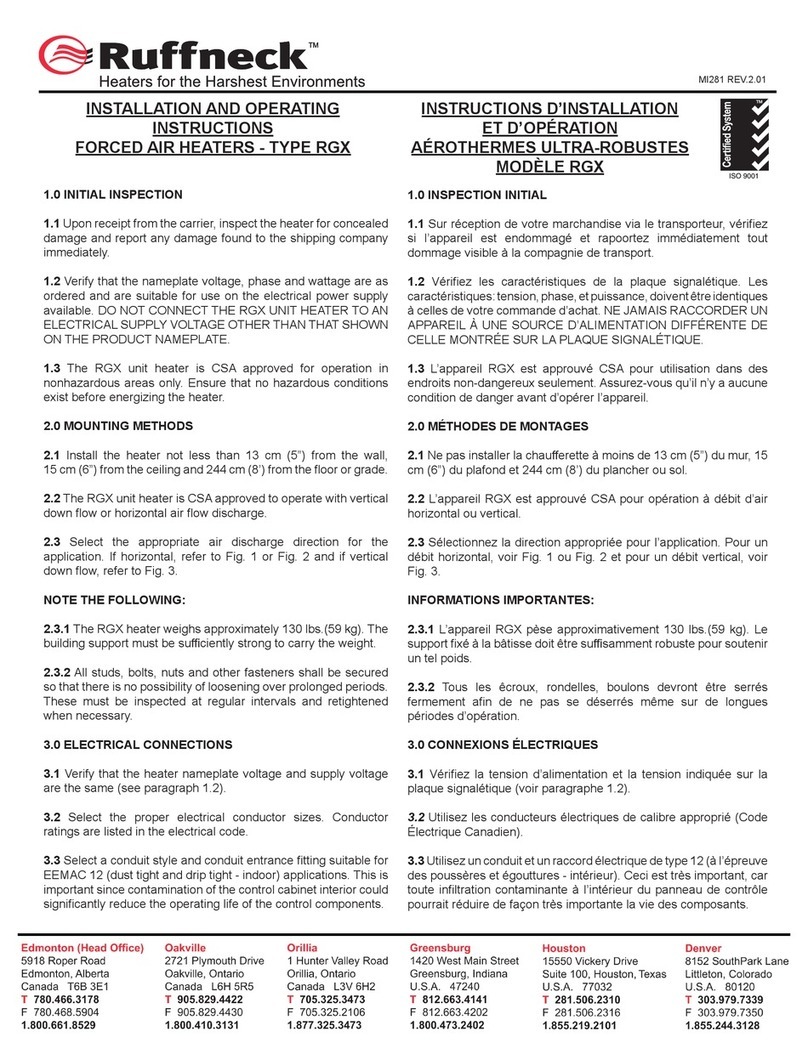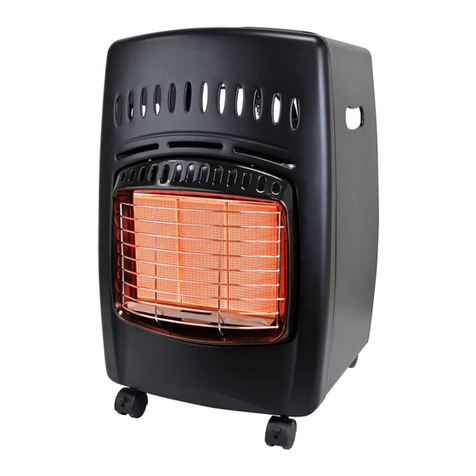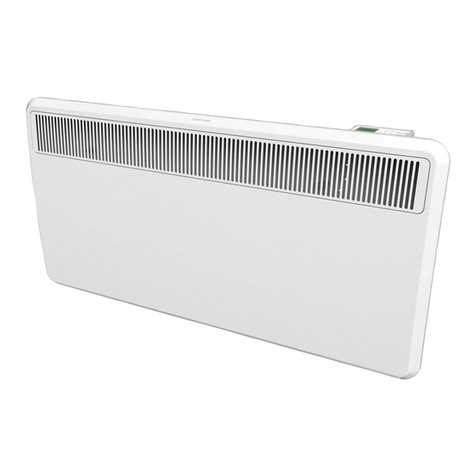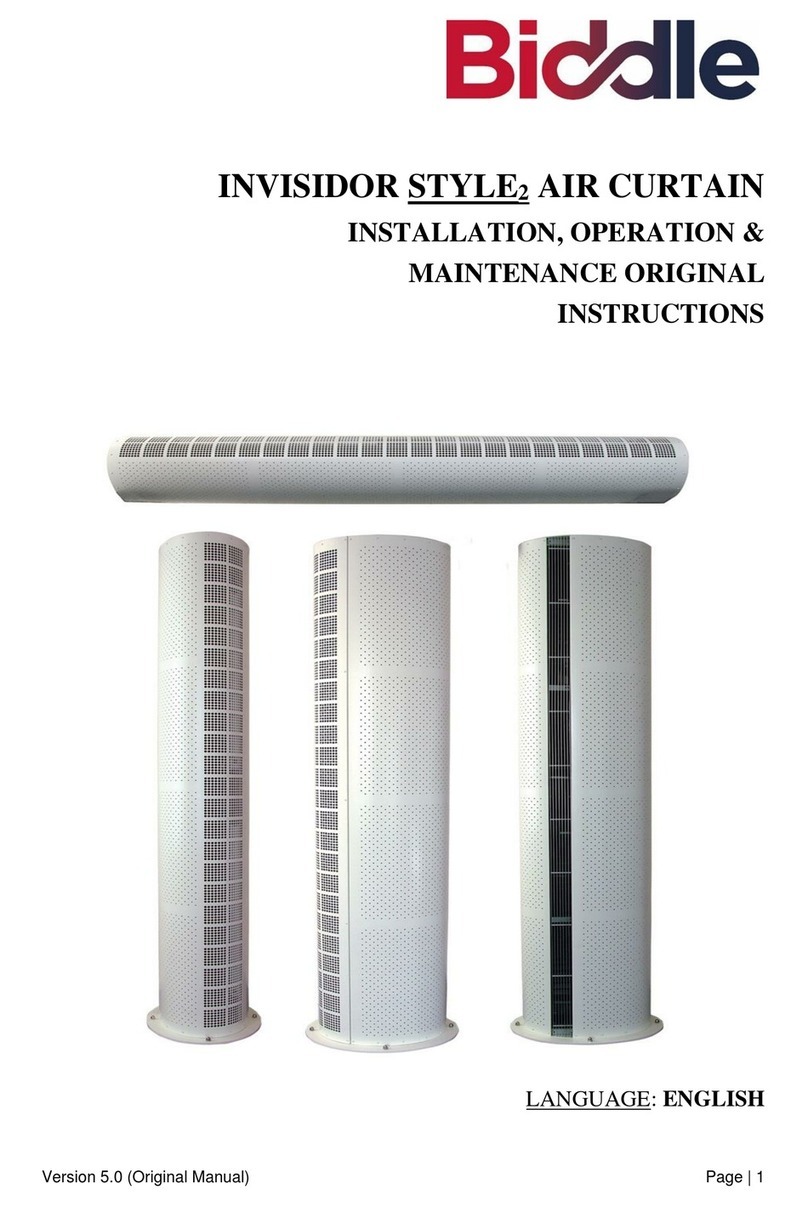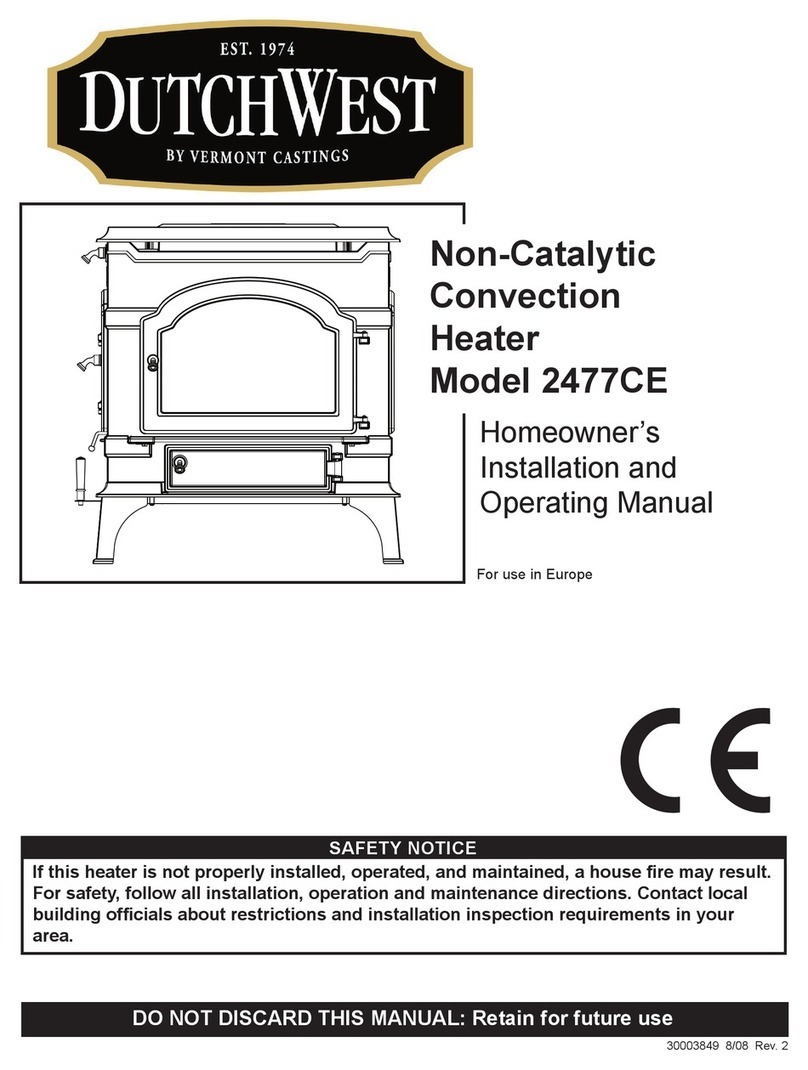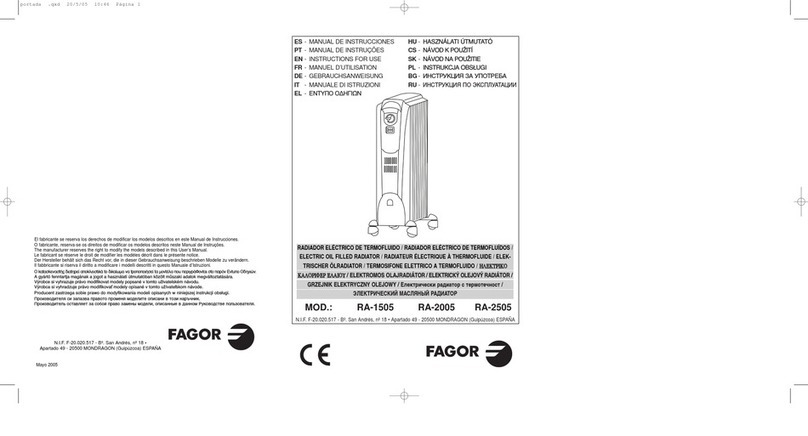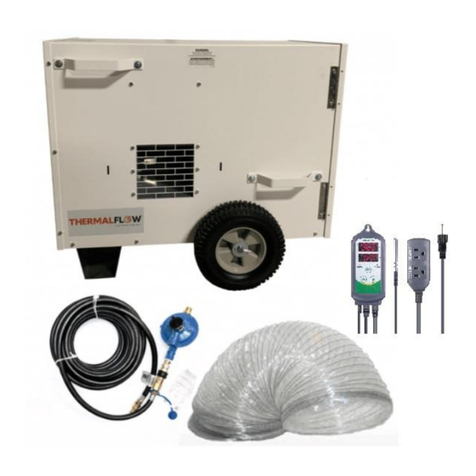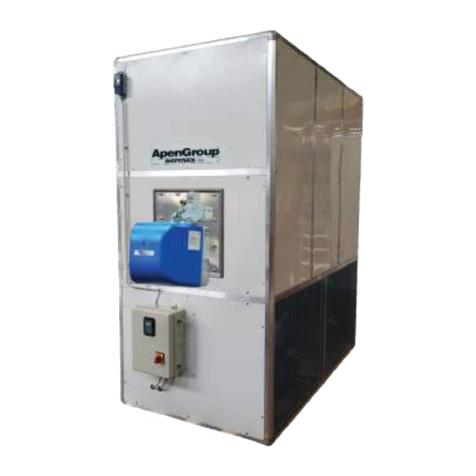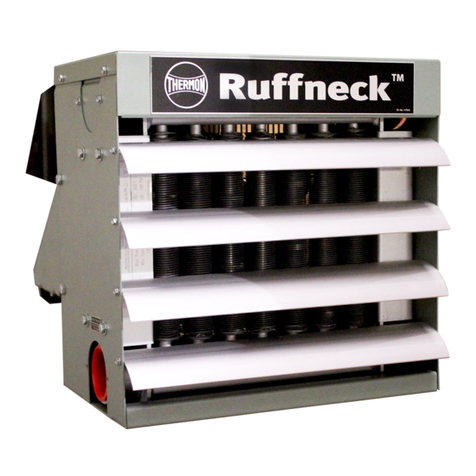
D.2 Electrical
WARNING
Disconnect heater from power supply at integral disconnect or
fuse box before opening enclosures or servicing heater.
IF INTEGRAL DISCONNECT IS BEING SERVICED, verify that
power has been disconnected at fuse box or main panel. Lock
the switch in the "OFF" (open) position and/or tag the switch to
prevent unexpected power application. Installation and wiring of
the heater must adhere to all application codes.
1. General
1.1 Use only copper conductors and approved
explosion-proof wiring methods during installation.
Refer to Section E. FX5 Technical Data, page 12
to 13 and heater data plate for conductor rating.
1.2 External overcurrent protection is required. Refer
to Section E. FX5 Technical Data, page 12 to
13 and heater data plate for voltage, frequency
amperage, and phase. Supply voltage is to be within
10% of the data plate voltage.
1.3 The heater must be installed by qualified personnel
in strict compliance with electrical codes.
1.4 All heaters come factory prewired and ready for direct
connection to the power supply leads.
1.5 The heater must be individually fused, preferably
with Class J time-delay fuses for maximum safety.
Unless stated otherwise in your local code, fuse size
shall be 125% of line current or next size larger.
2. Field Wiring
2.1 The supply conductors, ground conductor, and room
thermostat conductors (see D.3 Wiring Schematics,
page 11) all pass through the 1" NPT opening
(see Figure 6, page 9) and are to be wired into
the control enclosure (see Figure 7, page 9).
Rear View of Heater
Control enclosure
and cover
(Air exits through louvers)
1" NPT opening for field wiring Motor junction box
Air intake
Do not install conduit below heater. (See Figure 3)
Fan rotation
Figure 6
2.2 Heater may be supplied with a factory installed
built-in room thermostat (see Figure 8, page 10).
On heaters not supplied with this option, it is
recommended that a remote room thermostat
be used. Connect the remote room thermostat
conductors to the printed circuit board terminal
block marked “TSTAT”. Any thermostat used with
this heater must:
– Be of an explosion-proof type
– Be rated 125V minimum
– Have a minimum 2 amp capacity
– Open on temperature rise
2.3 Heater may be supplied with a factory installed built-in
integral disconnect. (See Figure 8, page 10)
Field Wiring for Integral Disconnect:
– Power Supply conductors and Ground
conductor pass through 1" NPT opening
of Disconnect Enclosure (see Figure 8,
page 10). Supply conductors to be wired to
Disconnect Switch inside. Ground conductor
to be wired to Ground Lug fastened to inside of
Disconnect Enclosure.
– If applicable, Remote Room Thermostat
conductors pass through 1" NPT opening (see
Figure 8, page 10) and are to be wired to
printed circuit board terminals marked “T’STAT”.
– To reduce risk of ignition of hazardous
atmospheres, conduit runs must have a sealing
fitting connected within 18" (457 mm).
2.4 Factory installed conduits require no further sealing.
Integral Disconnect is sealed at factory.
– The internal grounding terminal in the control
enclosure (or in the integral disconnect
enclosure when this option is provided) shall
be used as the equipment grounding means.
An external bonding terminal is provided for a
supplementary bonding connection where local
authorities permit or require such a connection.
Control Enclosure & Field Wiring
Connect supply conductors
to this side of contactor.
Contactor load
side terminals, this
side for factory
wiring only.
Active and
spare fuses
(see Section
H. Parts List,
page 17)
Printed circuit board
Figure 7
99
Installation
